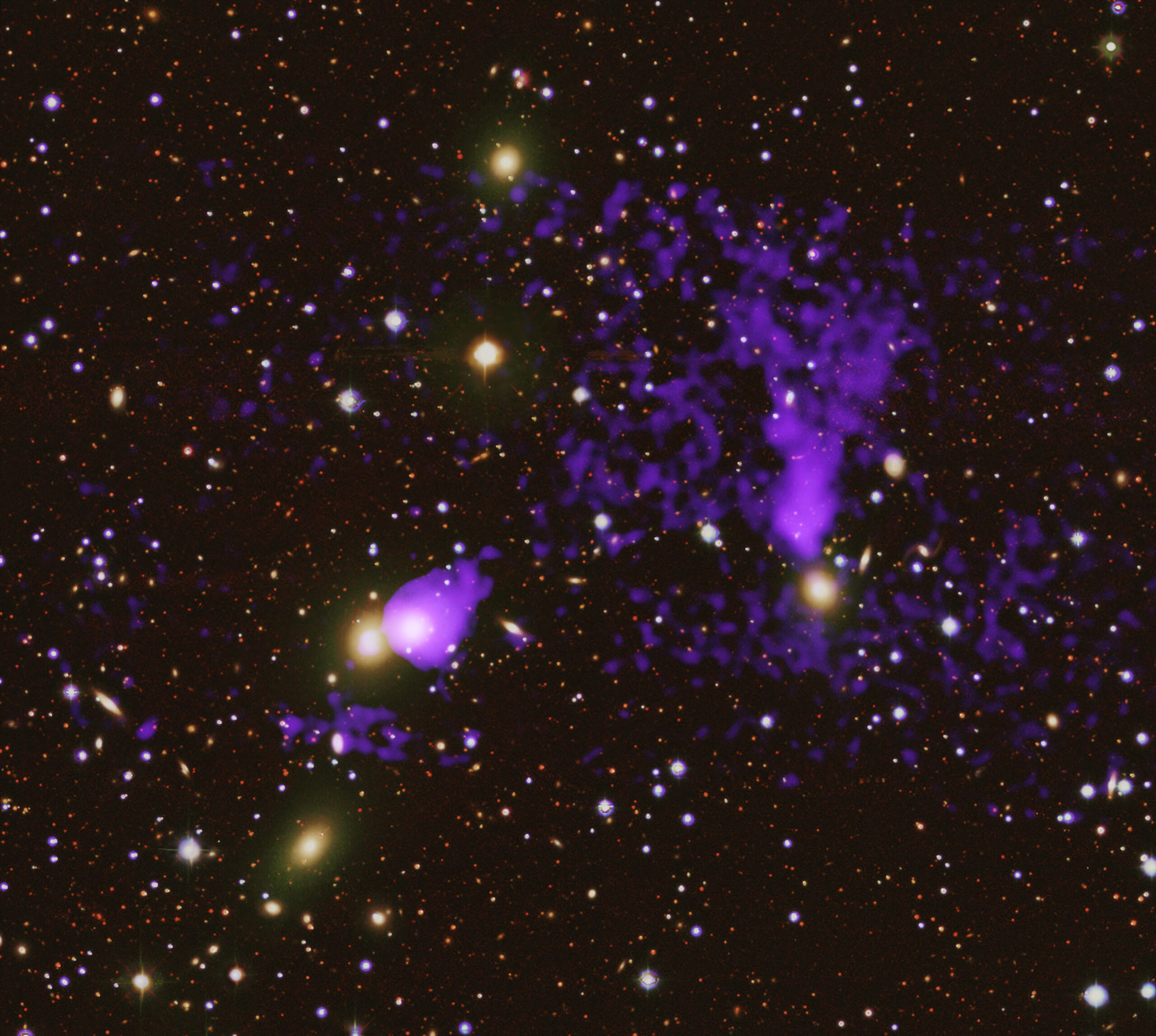Credit: Molecular Cell (2024). DOI: 10.1016/j.molcel.2024.10.033
Researchers at the University of Würzburg have discovered a process that breaks down mRNA molecules in the human body particularly efficiently. This could be useful, for example, in the treatment of cancer. The study is published in Molecular Cell.
They are like the architects of our body: messenger ribonucleic acids, or mRNA for short. They contain detailed blueprints for proteins, which are read and translated by their colleagues, the ribosomes. We could not survive without the proteins in our bodies—they control cell division, provide a strong immune system and make our cells resistant to external attack.
As in real construction, some blueprints at the cellular level require additional instructions—for example, if a protein needs to be produced particularly quickly or if the blueprint is faulty. In our body, this role is played by so-called RNA modifications, small chemical changes that act like additional comments attached to individual components of the mRNA.
Researchers at the University of Würzburg (JMU) in Bavaria, Germany, have now focused on a specific modification, N6-methyladenosine (m6A). “m6A is interesting for science because this modification is often altered in people who suffer from metabolic disorders, cancer or heart disease,” explains bioinformatician Kathi Zarnack.
“Its function: When m6A is attached to an mRNA, it triggers the degradation of the mRNA as soon as the first proteins have been produced according to the blueprint it contains. This is particularly important for proteins, of which too many must not be produced as this would be harmful to the cell.”
The Würzburg researchers were the first to discover and observe this degradation process: It couples the degradation of an mRNA directly to the proteins produced and is significantly faster and more efficient than previously known mechanisms for mRNA degradation.
Crucially, this particular pathway only works when m6A is present in specific regions of the mRNA. In this way, m6A particularly “comments” on the blueprints for proteins involved in cell differentiation—that is, whether a cell will exist as a nerve cell, muscle cell, skin cell or some other form.
Drugs that control the addition of m6A to mRNA could take advantage of this process. By specifically suppressing m6A, it would be possible to produce more proteins with desirable functions—and, conversely, to inhibit the production of undesirable proteins.
The problem is that until now, it has been difficult for scientists to predict the effects of such drugs because it was not known in which regions of the mRNA the m6A modification had to be located in order to trigger degradation.
“With our study, we are now contributing to a better understanding and more precise prediction of which mRNAs are particularly sensitive to these drugs,” says biochemist and RNA biologist Julian König, Zarnack’s colleague.
In the future, the researchers plan to investigate in more detail how m6A-marked mRNA is degraded, for example, how ribosomes recognize the modification, and how targeted mRNA degradation by m6A can be used clinically.
More information:
You Zhou et al, m6A sites in the coding region trigger translation-dependent mRNA decay, Molecular Cell (2024). DOI: 10.1016/j.molcel.2024.10.033
Citation:
Newly discovered degradation process for mRNA could lead to clinical treatments (2024, December 16)
retrieved 16 December 2024
from https://phys.org/news/2024-12-newly-degradation-mrna-clinical-treatments.html
This document is subject to copyright. Apart from any fair dealing for the purpose of private study or research, no
part may be reproduced without the written permission. The content is provided for information purposes only.





